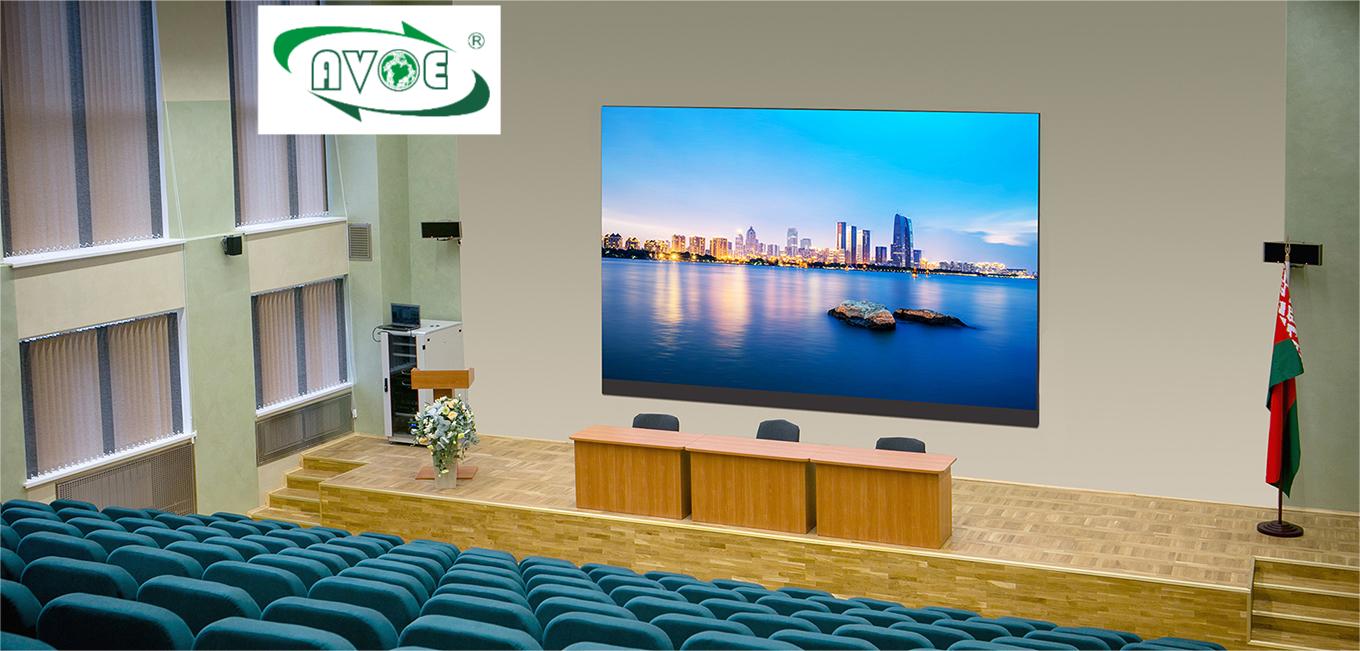
LED display is emerging as a new technology in the education industry. These displays use high-quality, energy-efficient lighting and offer a wide range of advantages over traditional projection displays. This article explores how LED displays can change the way students learn and interact with their environment. LED displays provide richer, more vibrant visuals than traditional projection displays, allowing students to better connect with the lesson. The displays are also energy efficient, reducing the carbon footprint of educational institutions. LED displays can be used in a variety of educational environments, including classrooms, lecture halls, and auditoriums. Teachers and professors can use LED displays to provide students with dynamic, interactive content and create memorable learning experiences. In addition to their educational benefits, LED displays can be used for other purposes within schools and universities. For example, LED displays can be used for school announcements and to display live event information. They can also be used to showcase artistic and cultural productions, such as theater performances or concerts. Another advantage of LED displays is their durability. They are resistant to scratches and other forms of damage, ensuring a long service life. This makes them a cost-effective option for educational institutions looking to make a long-term investment in the classroom. However, educational institutions also face some challenges when adopting LED displays. One of the main challenges is the initial installation cost. The high installation cost of LED displays makes it difficult for some educational institutions to invest. Despite these challenges, LED displays are quickly becoming a popular choice for educational institutions around the world. They offer a range of advantages over traditional projection displays. In the coming years, we can expect to see more schools and universities adopt LED displays to enhance the learning experience of students.
Post time: May-16-2023
